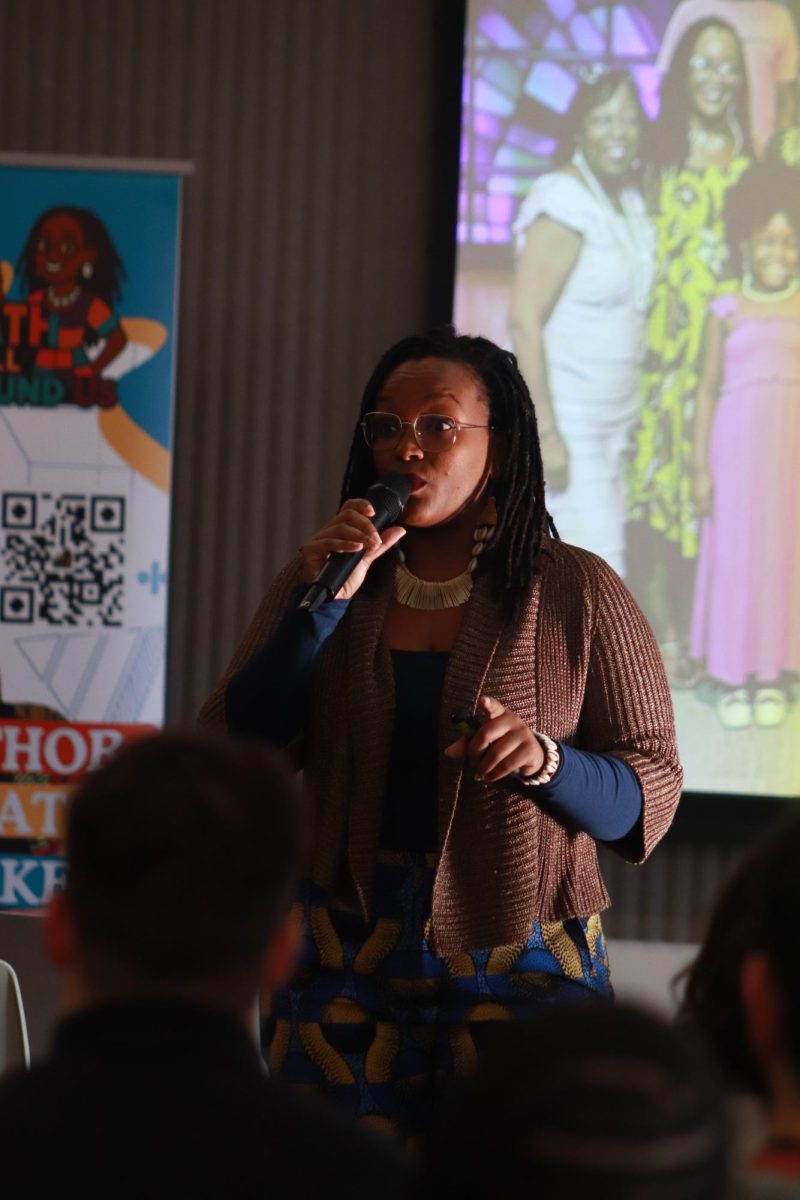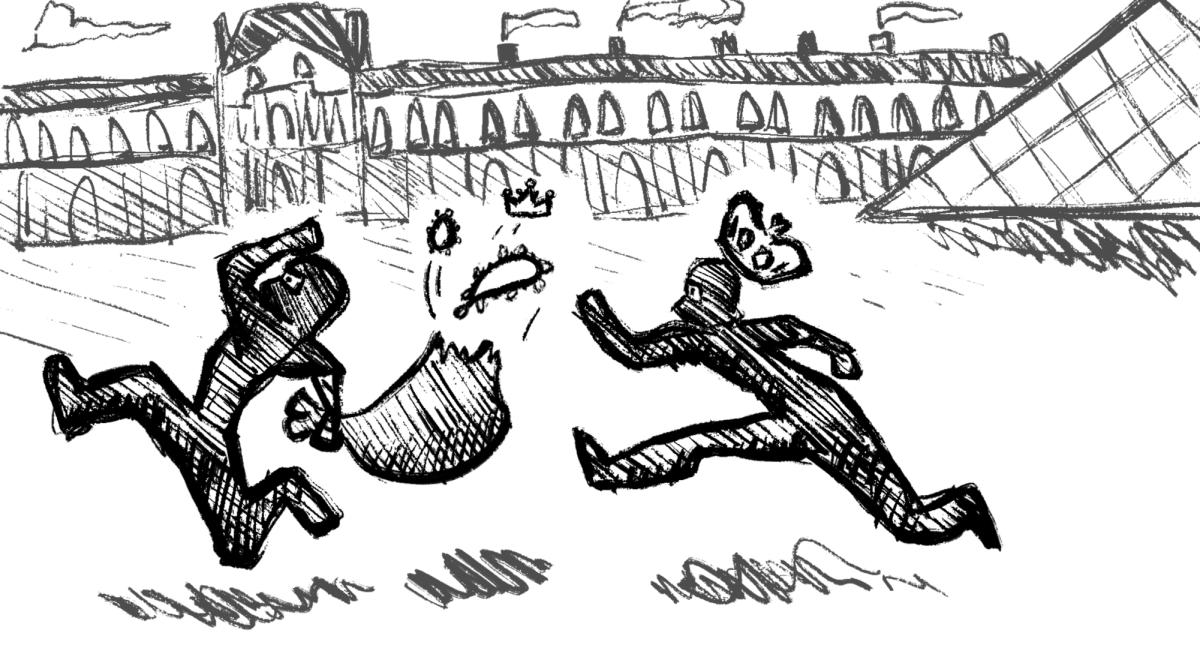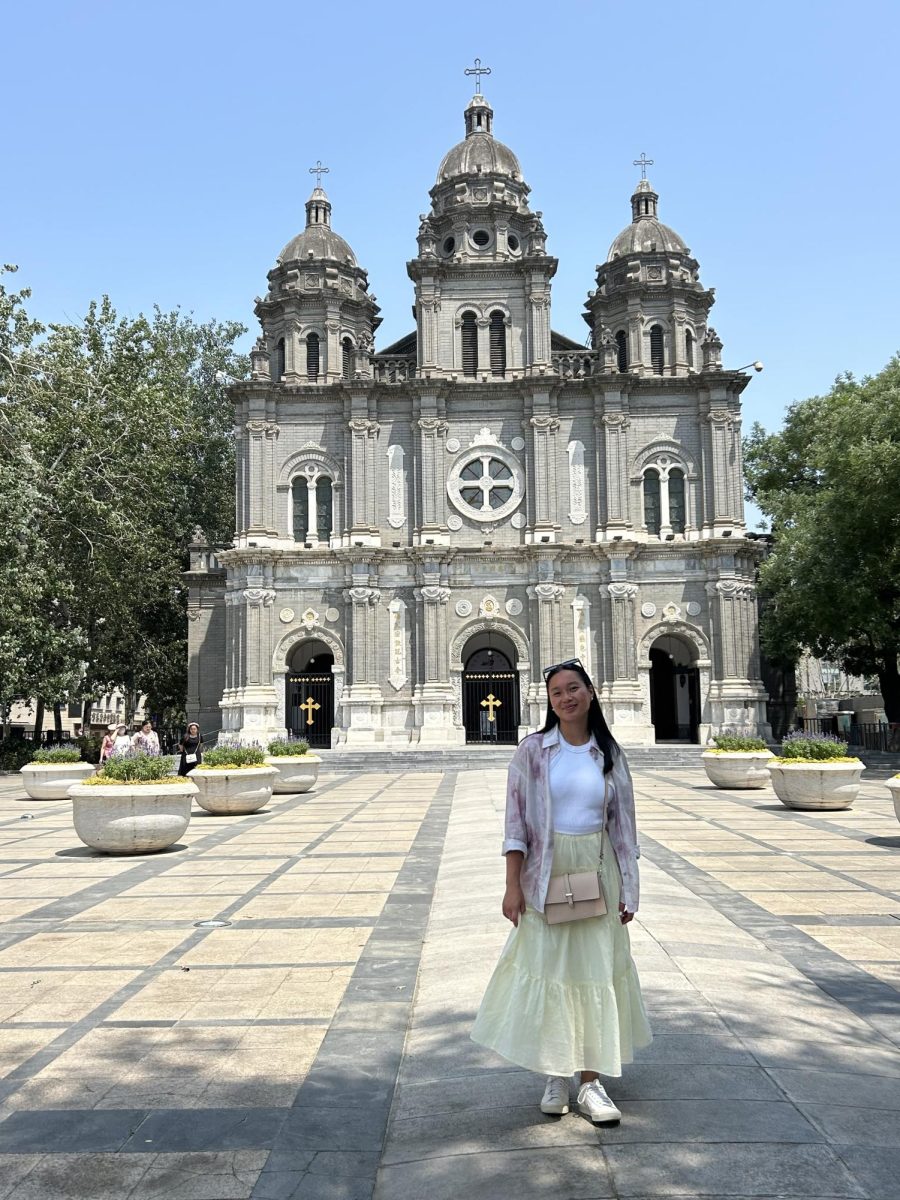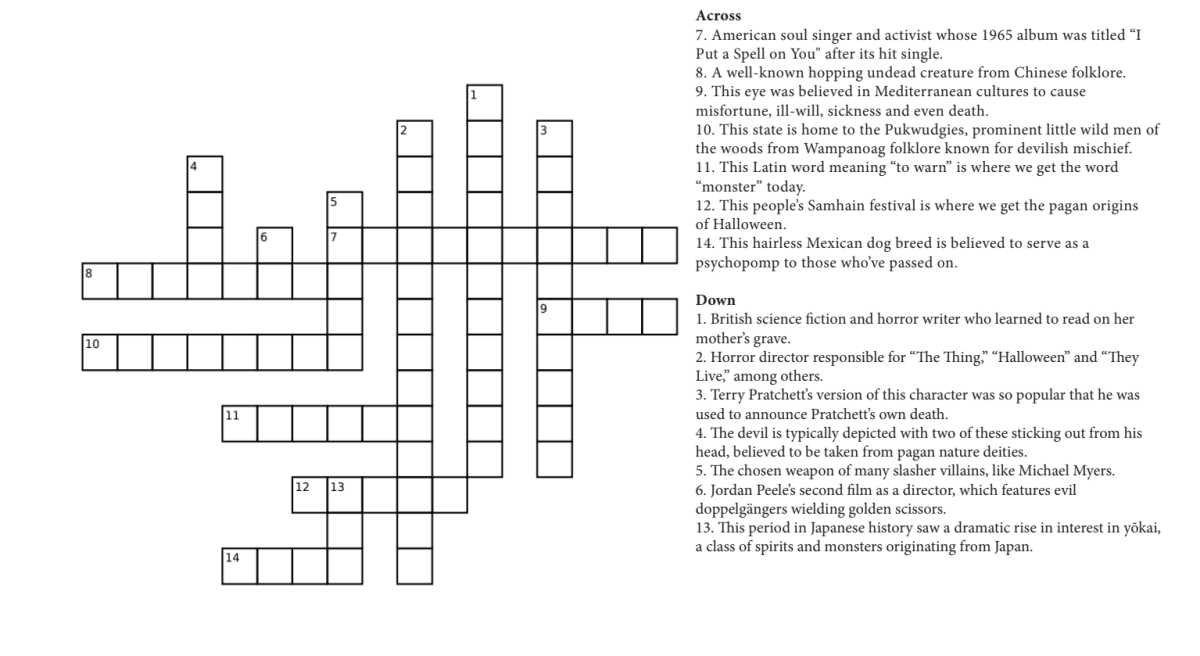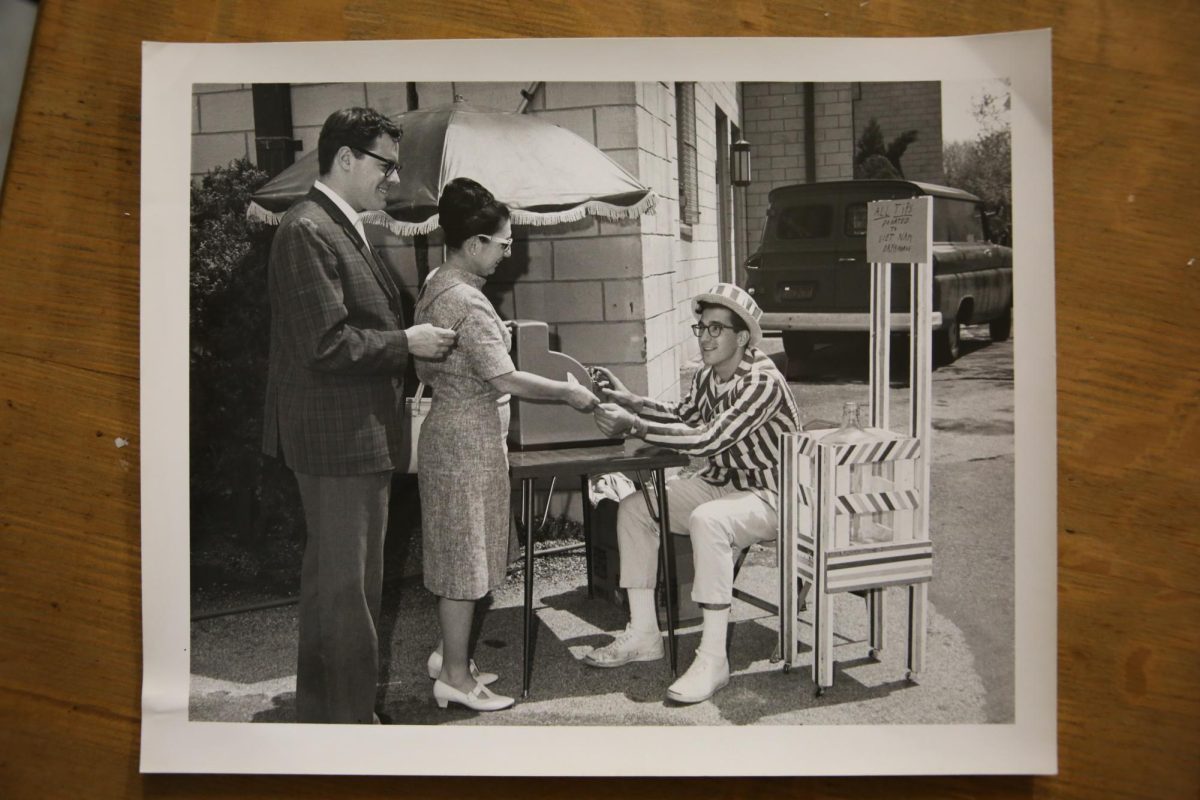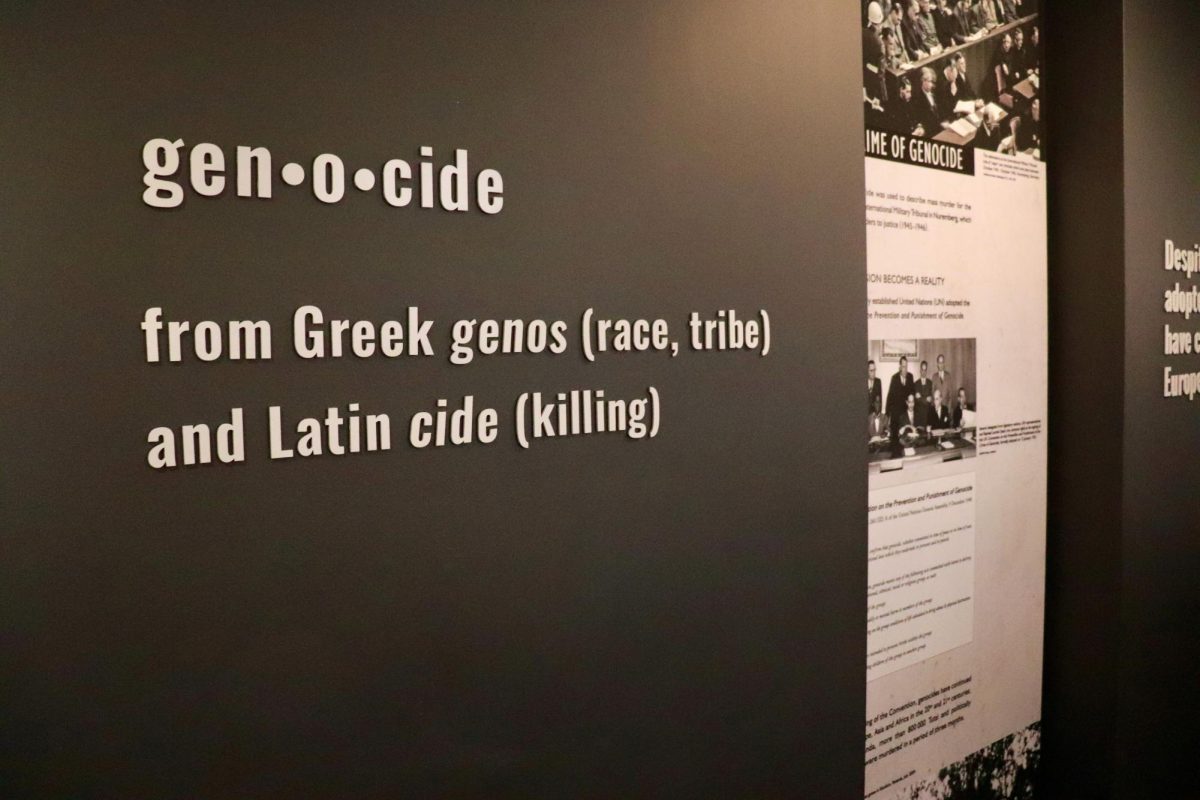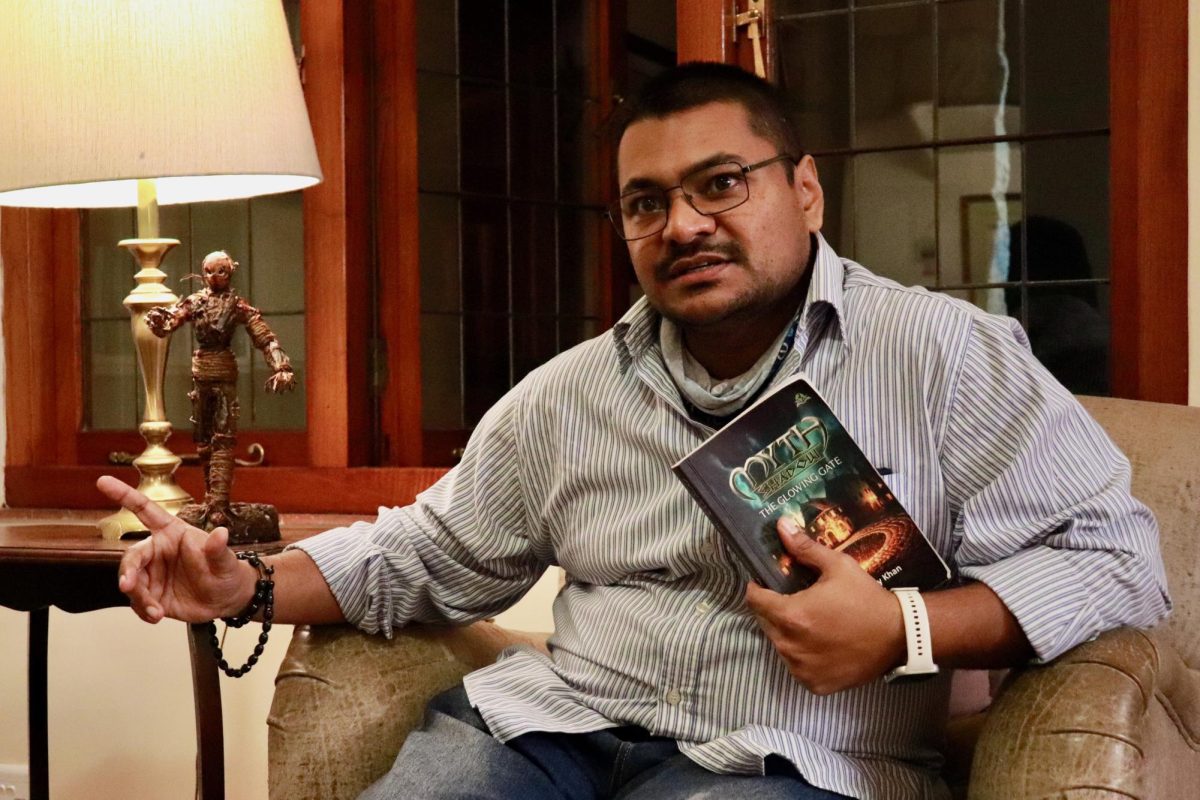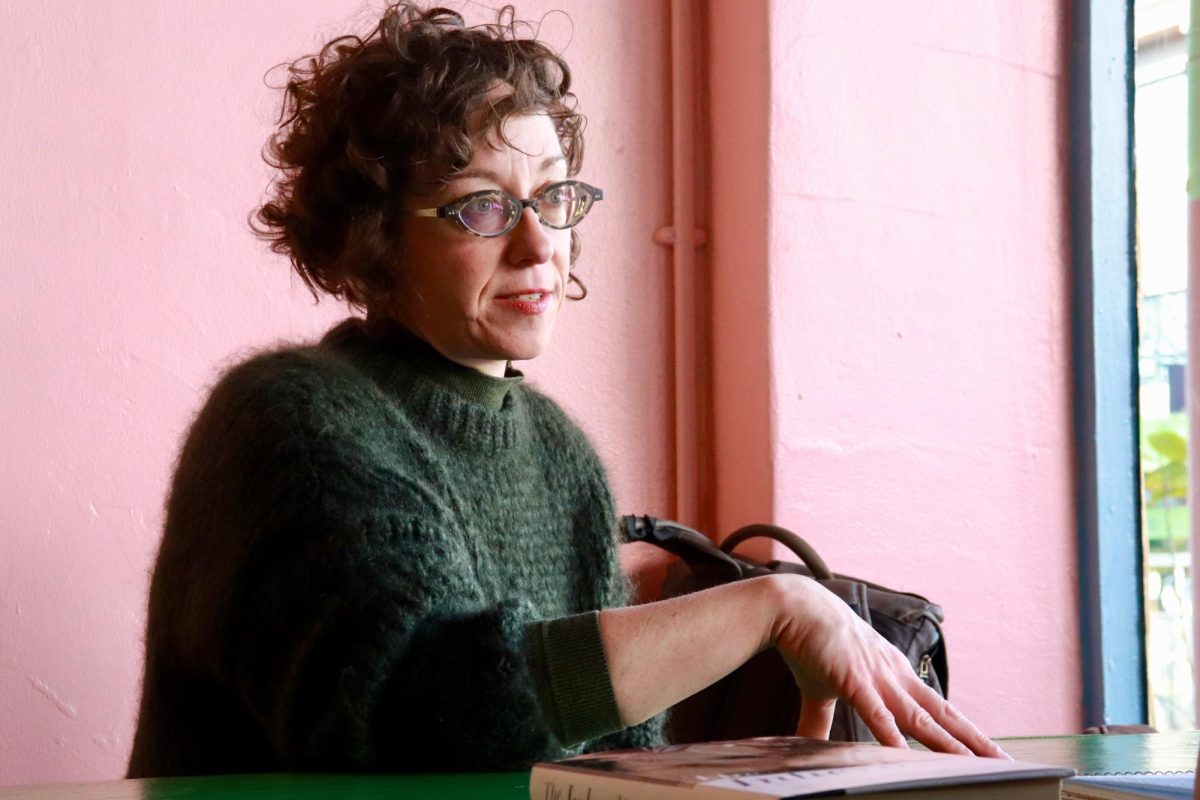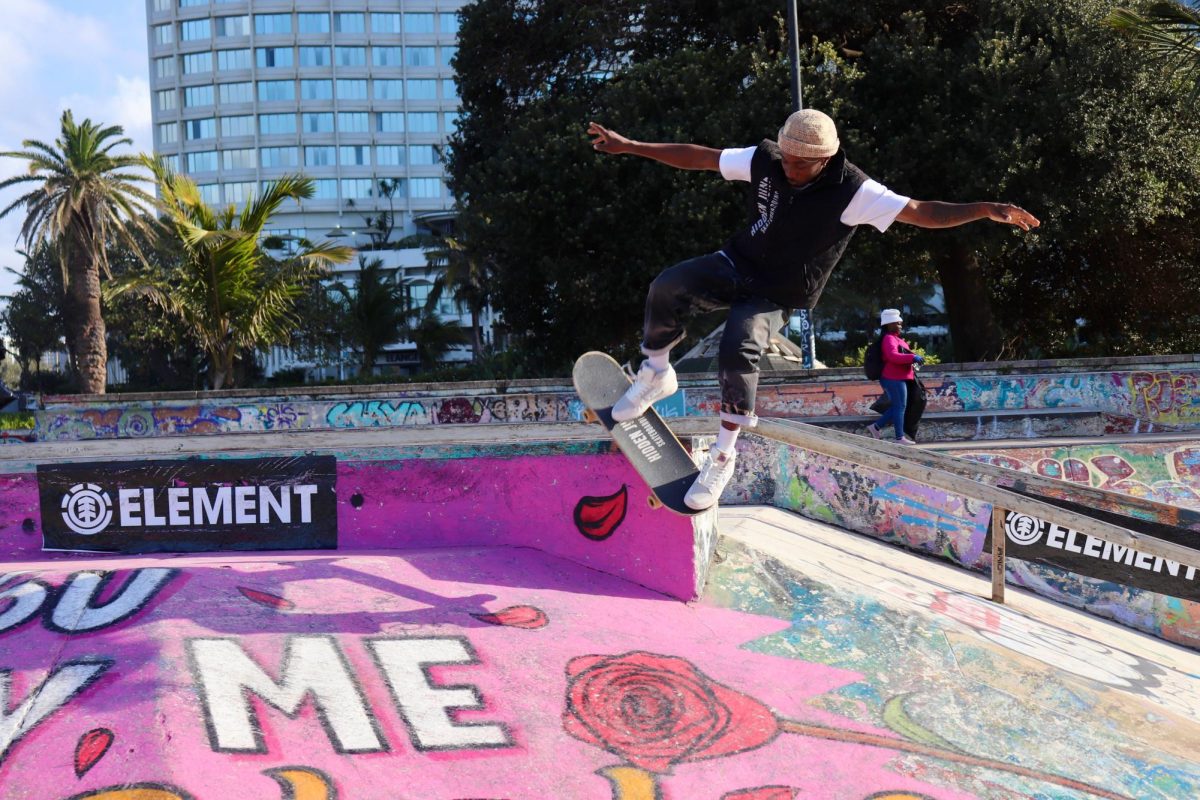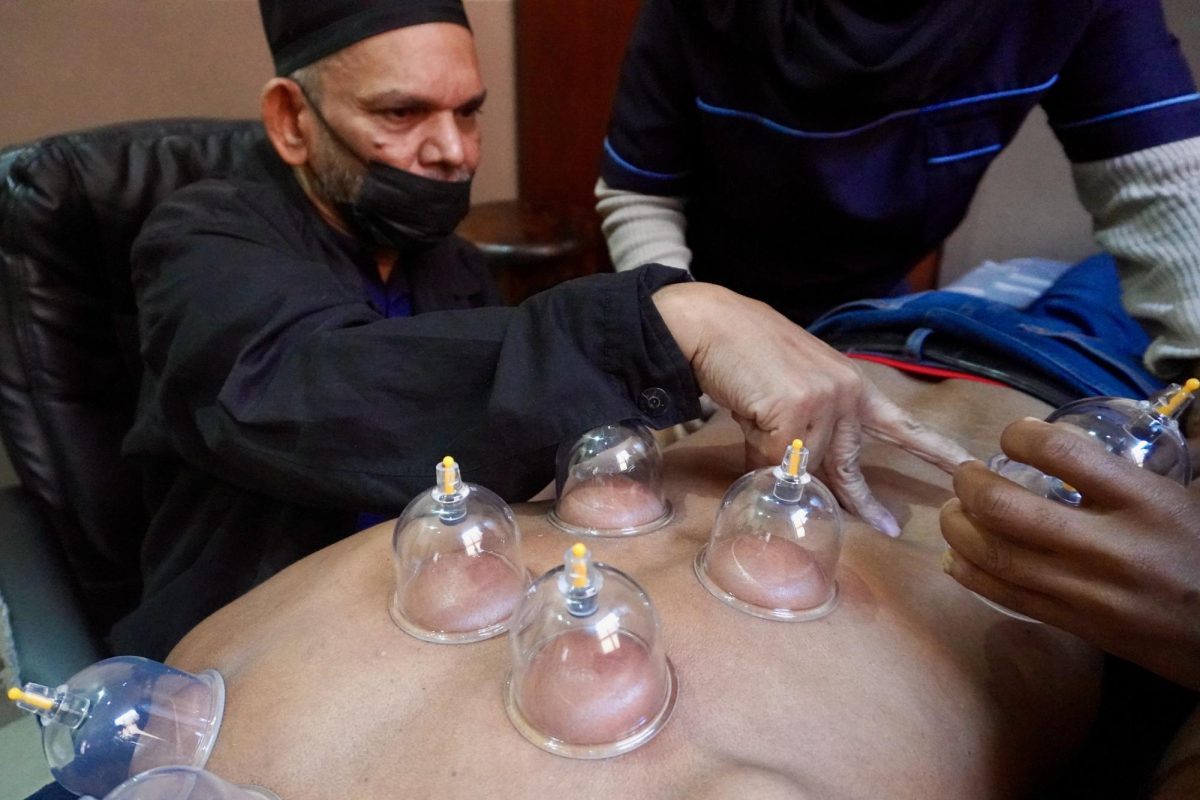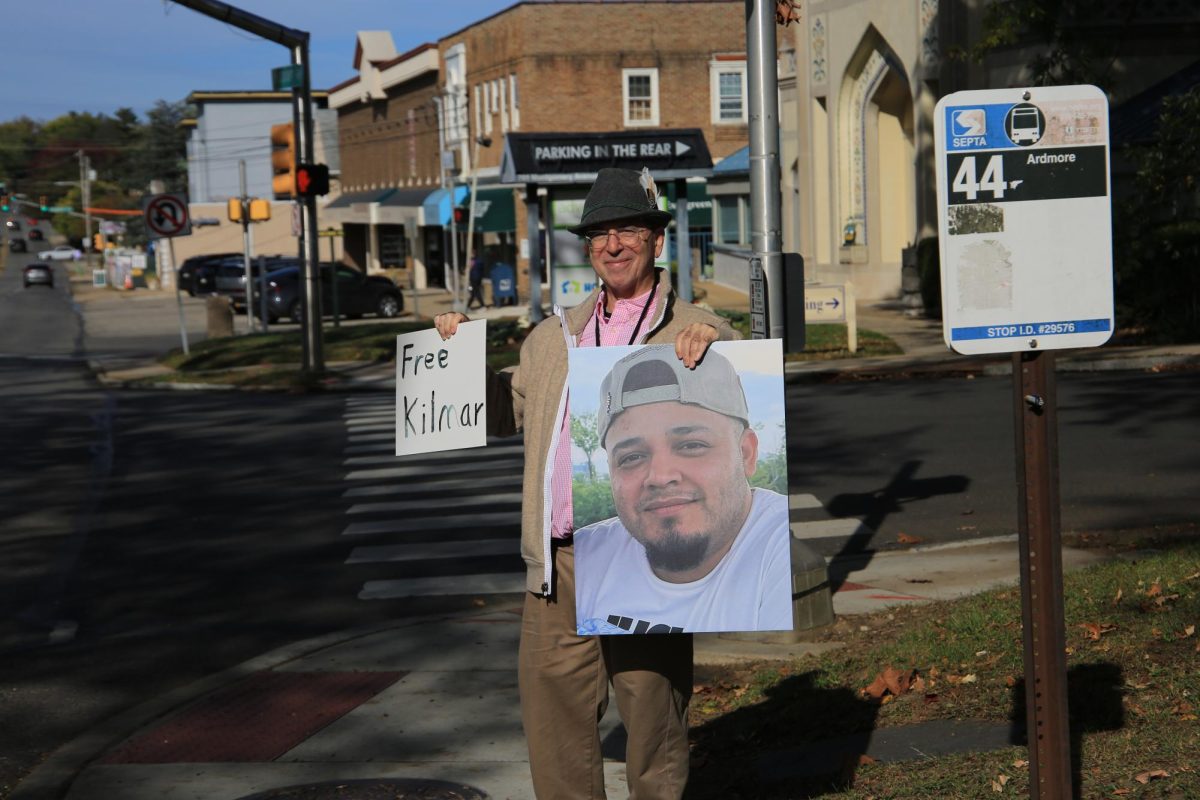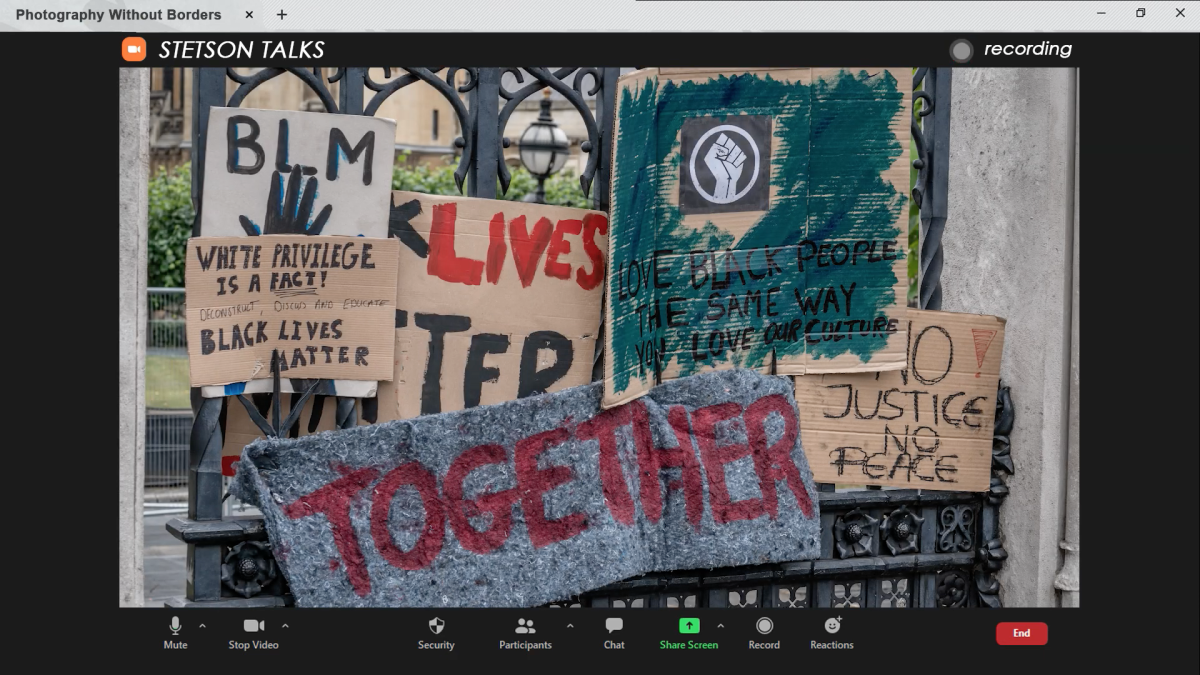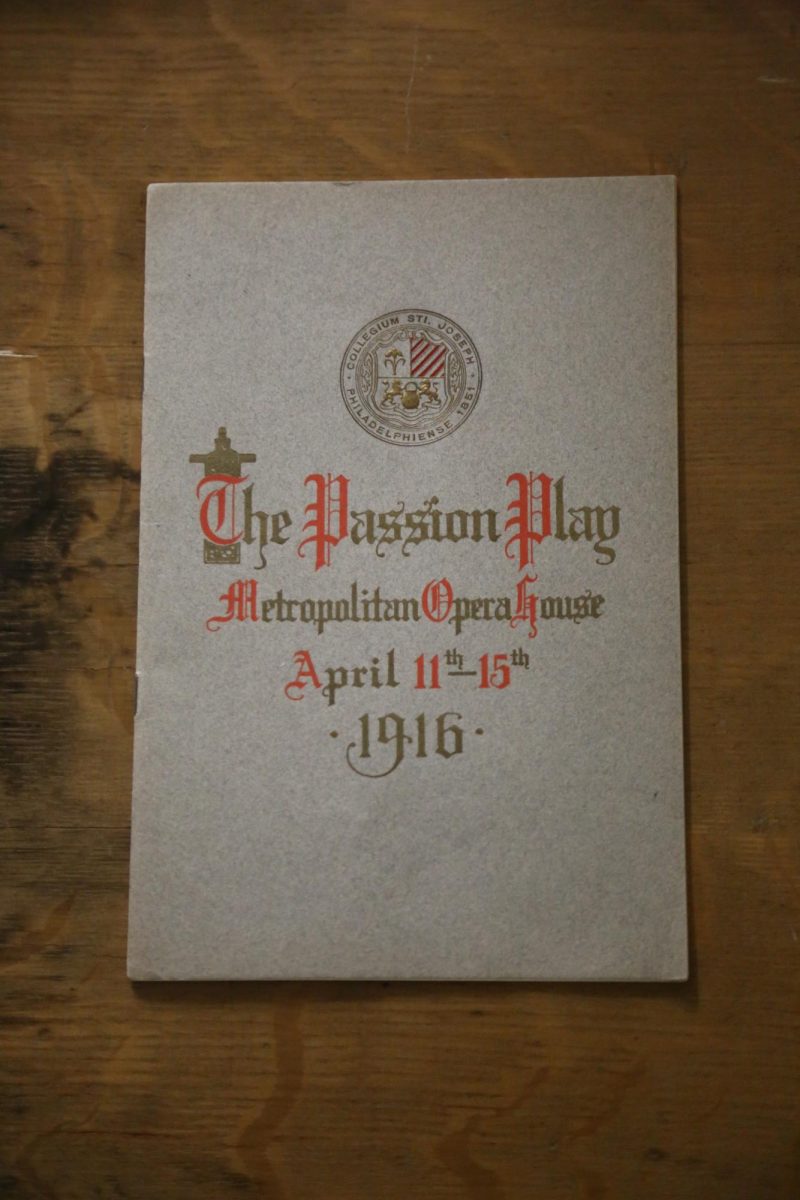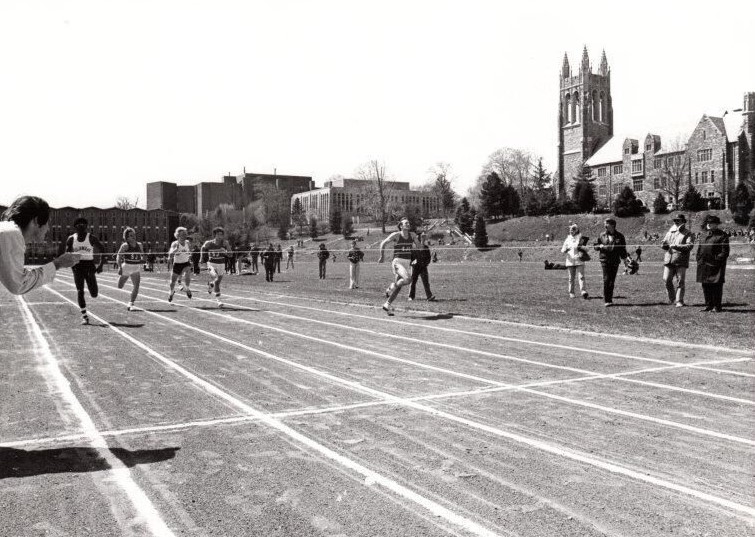Audiences poured into Philadelphia Metropolitan Opera House in April 1916 to experience St. Joseph’s College’s production of Clay Greene’s critically acclaimed show, “The Passion Play.”
This adaptation was originally performed in 1901 by students of Greene’s alma mater, Santa Clara College, now Santa Clara University. The 1916 St. Joe’s production was the first time Greene’s depiction of the life and death of Christ, also known as the Passion, was performed in Philadelphia. The cast was comprised of students from St. Joe’s Dramatic Association, a predecessor to what is now called the SJU Theatre Company.
The 16-page program for the production can be found in the St. Joe’s Archives Collection, located in the Drexel Library. The program’s cover showcases the St. Joseph’s College seal, as well as the play’s title, location and dates all in red and gold gothic lettering.
It was William Storck, S.J., of St. Joseph’s College who had the idea of presenting the “The Passion Play” in Philadelphia, according to the 1916 St. Joseph’s College Annual. Storck’s goal was to present a version of the Passion that was both reverent and artistic. The cast included around 200 young men from the college. Not mentioned in the program is the director, whose modesty kept him from including his name, according to an unidentified newspaper clipping in the SJU Archives.
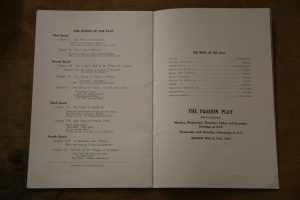
Another notable absence from the program is the character of Christ. Unlike traditional productions of the Passion, Greene’s interpretation notably lacked the physical presence of Christ. In the St. Joe’s production, Christ was substituted with rays of white light, waving palm branches, and the partial view of a wooden cross being carried across the stage, held up by a figure hidden behind a large wall.
The three-hour performance was divided into four epochs, or time periods, which were then subdivided into nine scenes, or chapters, of which an overview is provided in the program. The show opened with the angels of the Lord announcing the birth of Christ in Bethlehem and ended in the Temple of Jerusalem immediately following Christ’s death. The entire performance was shrouded in silence, as the audience was asked to observe the reverence of the material by withholding applause.
In its five-day run from April 11-15, 1916, the show was attended by 30,000 people, according to the College Annual, and raised $25,000, according to a 1968 letter discussing the 1916 show.
The show received raving reviews from across the city. The detailed description of the performance featured in the College Annual praised the production, saying it “will go down as one of the great chapters in the history of St. Joseph’s College.”





